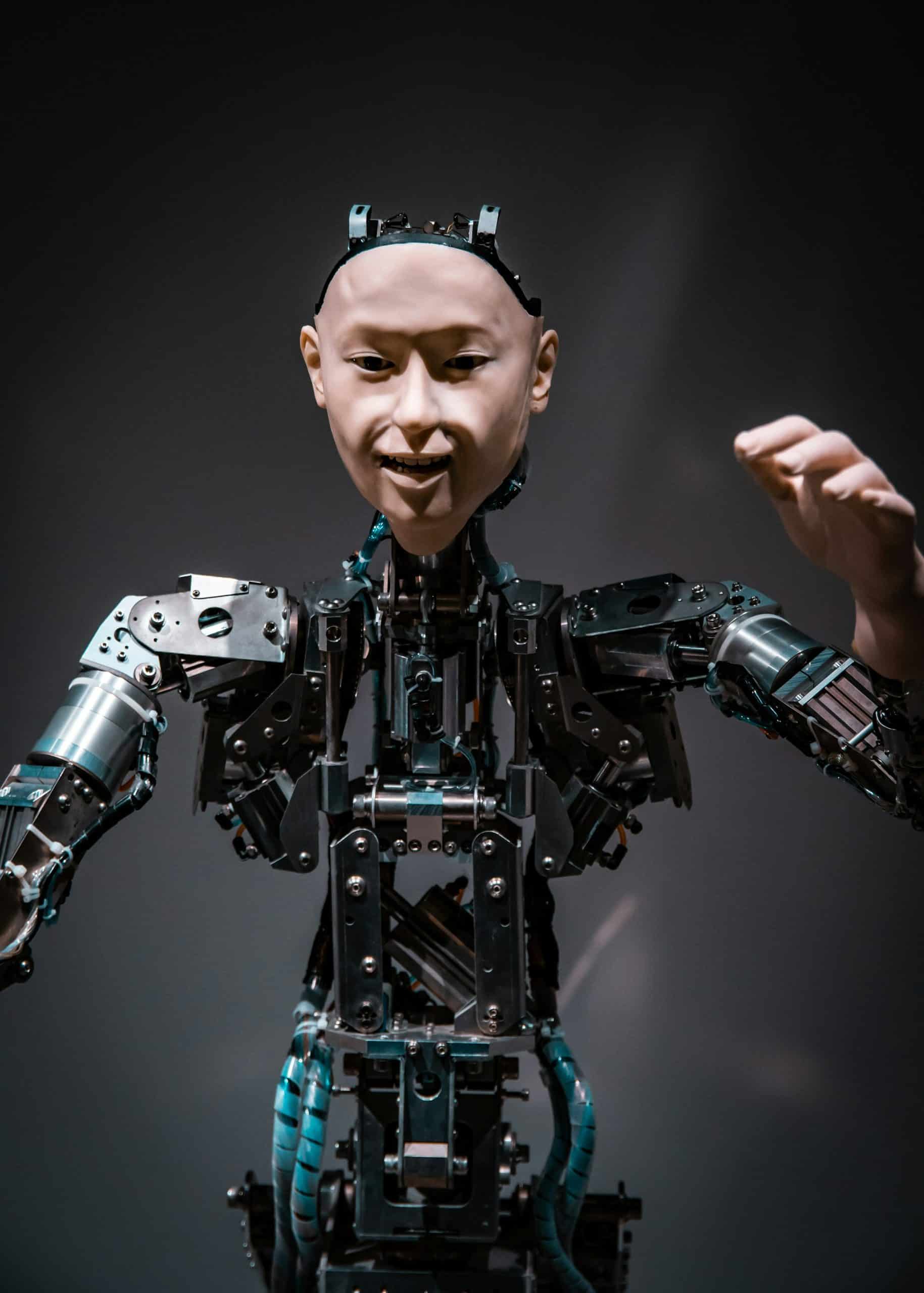As we delve deeper into the 21st century, the role of Artificial Intelligence (AI) has become increasingly prevalent in our everyday lives. As these systems become more sophisticated, researchers are exploring new realms where AI can be applied, including the decipherment of ancient scripts and undeciphered languages.
This article explores this possibility, considering the potential role of AI in understanding these historical texts and scripts, the challenges posed by the task, and the implications of successful decipherment.
Cela peut vous intéresser : What’s the Progress in Developing AI Systems That Can Write Original Music?
The Role of AI in Language Learning and Translation
Artificial Intelligence has revolutionized modern language learning and translation. Machine learning algorithms have been trained to understand and interpret a wide range of languages, both spoken and written, with an impressive degree of accuracy.
Currently, these AI models learn languages by ingesting enormous amounts of data, including texts, audio files, and linguistic annotation. The machine then processes this data with a pattern recognition algorithm that identifies the rules and structures that underpin the language, enabling it to translate or reproduce the language accurately.
Sujet a lire : What’s the Role of Artificial Photosynthesis in Urban Air Purification?
For contemporary languages, this approach has yielded incredibly accurate results. But can this model be applied to ancient languages?
The Application of AI to Ancient Languages
Ancient languages present a unique challenge for AI. While modern languages have ample data available for training, the same cannot be said for ancient ones. The texts that have survived are few, often damaged and faded, making it hard to provide an AI model with the comprehensive dataset it needs to learn from.
Despite these hurdles, researchers have begun to experiment with using AI to translate ancient languages. In 2019, a team from MIT’s Computer Science and Artificial Intelligence Laboratory (CSAIL) designed a model that could decipher and translate lost languages, using only a few thousand examples of text. Their approach relied on the assumption that languages evolve in a manner that can be predicted to a certain extent.
The machine learning model they developed was successful in translating known ancient languages, like Latin and Greek, when tested. More impressively, it was able to translate the ancient language of Ugaritic, which had been previously deciphered and was known to be closely related to Hebrew.
Deciphering Undeciphered Scripts with AI
While translating known ancient languages is an impressive feat, the ultimate goal for many researchers is the decipherment of undeciphered scripts. These are scripts that, to date, have not been successfully translated by humans due to the lack of a Rosetta Stone-like key to understanding their meaning.
One such script is Linear A, used in ancient Crete and as yet undeciphered. Researchers are hopeful that, by feeding AI models like the one developed at MIT data from related languages and scripts, they may be able to crack the code.
However, this is no small task. Linear A has been the subject of study for over a century, with countless researchers attempting to decipher it. The challenge is immense, as the AI model needs to understand not only the linguistic but also the cultural context in which the script was written, a hurdle that has yet to be overcome.
The Implications of Successful Decipherment
If AI could successfully decipher an undeciphered script or accurately translate an ancient language, the implications would be enormous. Such a breakthrough would illuminate the past, providing insights into ancient cultures, their beliefs, and their ways of life.
Beyond the historical implications, such a breakthrough could also have significant impacts on our understanding of language evolution and linguistics. By comparing the structures of ancient languages with those of modern ones, we may gain new insights into the mechanisms behind language evolution.
For instance, successfully deciphering Linear A could help us understand the progression of the Greek language and, more broadly, the evolution of written scripts in the ancient Mediterranean world.
As of now, AI has not yet cracked an undeciphered script or accurately translated a lost language. However, the potential is there, and with continued advancements in AI and machine learning, it may not be too far off. For now, we can only watch, wait, and hope to one day read the ancient texts as clearly as we read our own.
The Potential Limitations of AI in Deciphering Ancient Scripts
While the application of AI in deciphering ancient scripts is promising, it is essential to acknowledge the limitations that currently exist. At the foundation of any AI system is the principle of machine learning, where the machine is fed data from which it identifies patterns and makes predictions. However, the quality and amount of data available significantly influence the accuracy of the machine’s outputs.
Ancient scripts, by their nature, are limited in quantity. Over time, a large number of these texts have been lost to natural disasters, wars, or simply the passage of time. What remains is often fragmented or damaged. This presents a challenge for AI systems, which require vast amounts of data to learn effectively.
Further, the context is critical in language translation. Words often have different meanings depending on the context in which they are used. This is even more relevant in the case of ancient scripts, where cultural context can drastically change the meaning of a word or phrase. While AI excels in identifying patterns, it currently lacks the ability to understand the cultural nuances that could be vital to accurately translating these ancient texts.
Lastly, the scripts that remain undeciphered are often so because they are unique, with no known parallels or derivatives. A key aspect of the MIT model’s success was its ability to draw on the similarities between related languages. Without this basis for comparison, the task of deciphering becomes exponentially harder.
Conclusion: The Future of AI in Deciphering Ancient Scripts
Despite the challenges, the potential of AI in deciphering ancient scripts is undeniable. The ability to translate these texts could provide unparalleled insights into the past, providing a more comprehensive understanding of our human history.
Researchers continue to refine AI models to increase their efficiency and accuracy in deciphering ancient scripts. While the task is undoubtedly complex and fraught with difficulties, the advancements in AI technology provide a glimmer of hope that a breakthrough may be possible.
In the future, with more sophisticated AI models and a better understanding of ancient cultures, we may be able to fill in the blanks of our past. AI might not only decipher ancient texts but may also potentially unlock the secrets of how languages and scripts have evolved over time.
The collaboration between technology, linguistics, and archaeology holds immense potential. As we continue to push the boundaries of what AI can do, we may yet discover that the past is not as indiscernible as we once thought. It is an exciting prospect and one that continues to fuel researchers’ quest to unravel the mysteries of ancient texts. Even as we navigate the 21st century, we keep one eye on the past, hopeful that AI will help us better understand the numerous civilizations that came before us.






